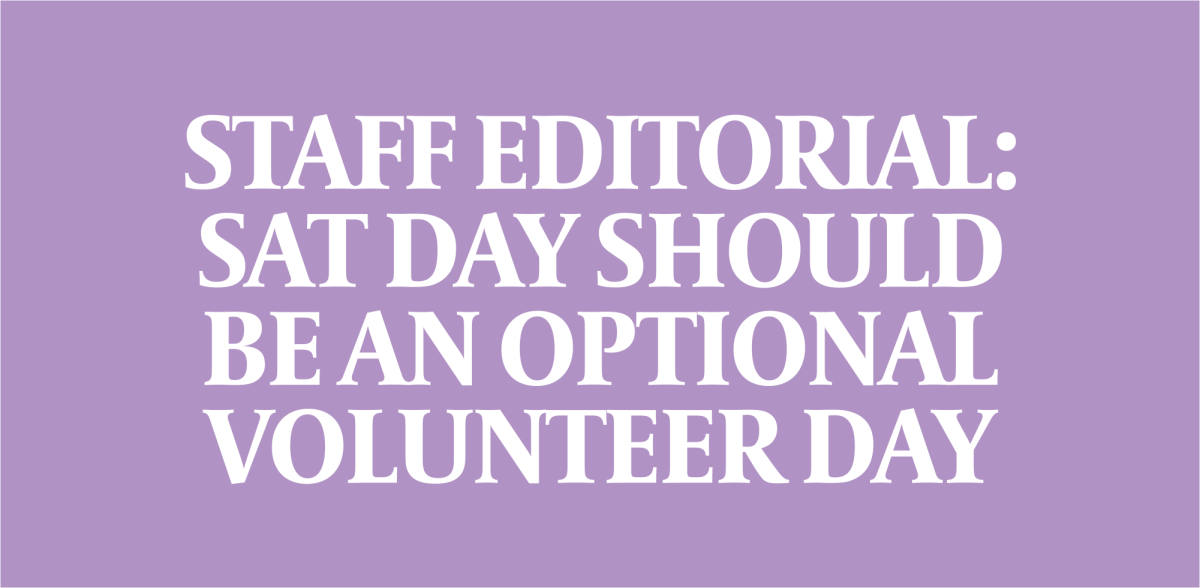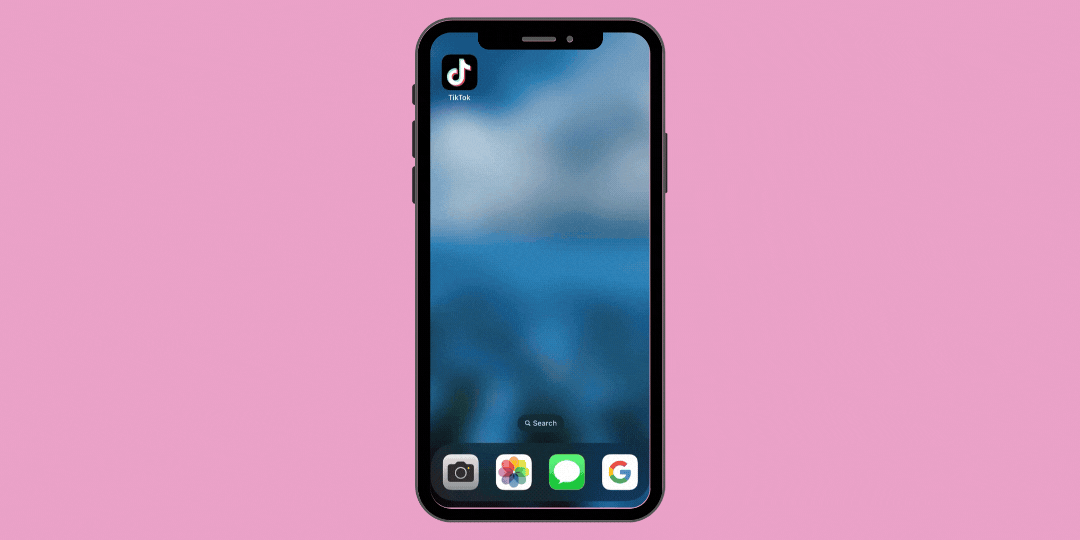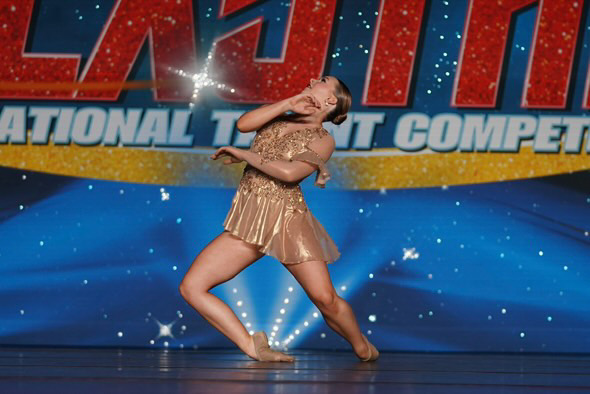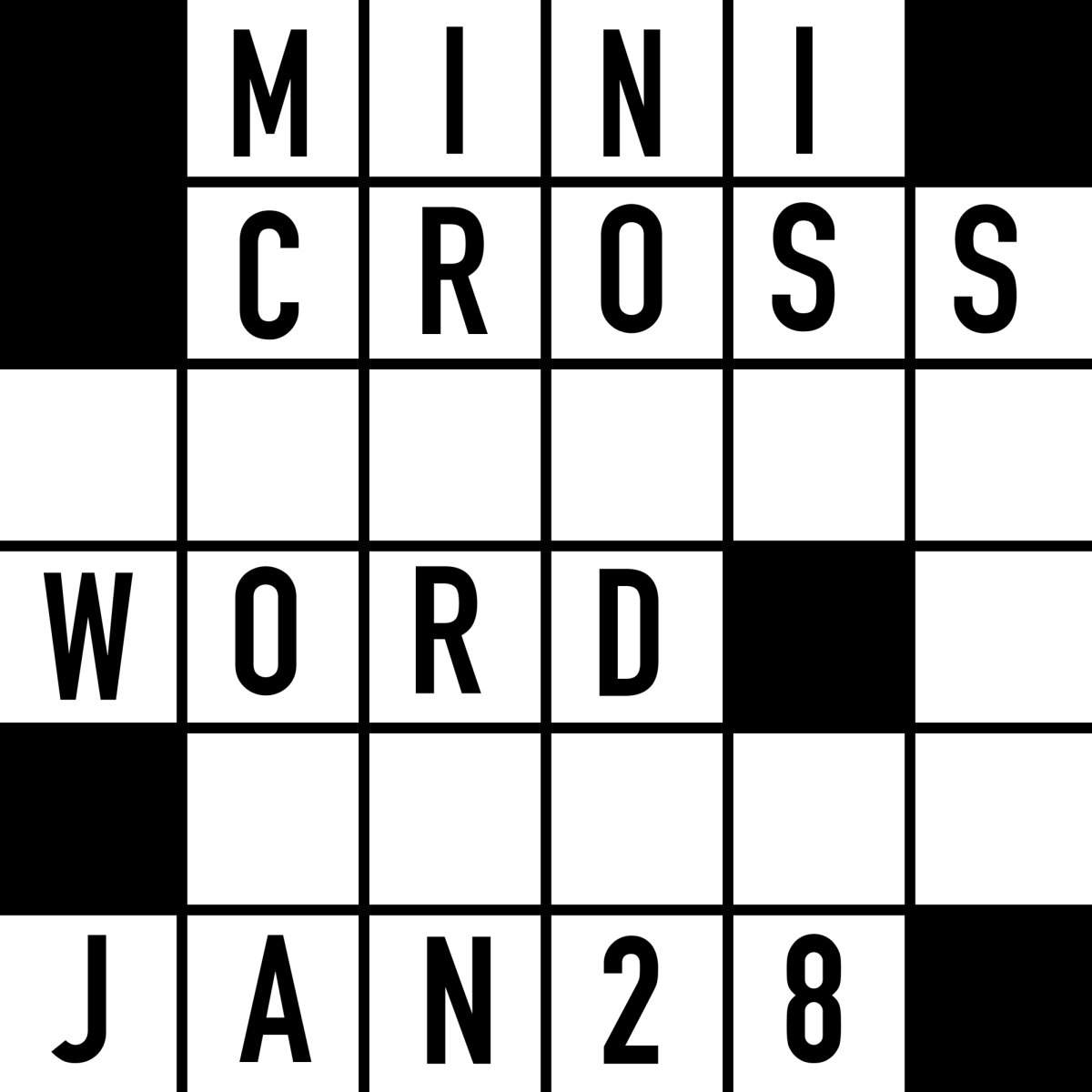Grant’s Take: Art can be anything, but not always enjoyed or understood by everyone.
Judging art is about as subjective as it gets. I am no more qualified than anyone to decide what “art” is and what isn’t. But in movements such as Dadaism, the purpose or meaning of the art is not universal and therefore cannot be understood by most people.
For example, if I see a random table with three legs, I could decide that the table represents how non-conforming is as successful as conforming, as this table is thriving just as well with three legs as a traditional four-legged table. I could say that, and it would be impossible to say I am wrong. But not everyone would see the table that way, if they see the table as anything at all other than a table that is for placing objects. But most forms of art, such as Romanticism or Baroque, are typically depictions of people, places or things that most people are familiar of, and can appreciate for its aesthetic beauty.
If I look at a painting of horse, I see a horse and I admire the beauty of that horse and the work that the artist put into the painting. If I see an industrial printer that is continually printing off pieces of paper with random numbers on them, (an actual exhibit I saw that the Tate Museum of Modern Art in London,) I have no idea what to think. Yes, someone else might have an idea of what the meaning of that “piece” of art is, but who knows if their perception is at all in the same school of thought of the artist himself.
Art can be anything, but that does not mean it should be.
Jacob’s Take: Art can be anything, and for that reason it should be.
I’d like to preface my argument by saying that I’m never one for limitations, particularly when it comes to creativity. Creativity, by definition, should be boundless, and if we limit the means artists have to convey their messages, the number of messages that can be conveyed is also limited.
I’m also not of the opinion that art should strictly concern itself with aesthetics. While it’s nice to look at a well-executed landscape or still life and appreciate the artist’s talent and the simple beauty of the painting, art should also concern itself with communicating something to the viewer. If an artist can only represent things seen in the world, a vast majority of what the artist could potentially create is out of the question. This kind of limitation defeats the communicative purpose of art.
Some people will say that artists take advantage of their creative license to go beyond the point of what can reasonably be called “art.” I take issue with this argument for two reasons, the first of which is that I believe no such point exists. I loved it the first time I saw a blank canvas in an art gallery, because it made me question my (then rather narrow) ideas of art and spoke to the possibilities for artists, and by extension the world. The idea of pure randomness, a mercurial world, enchants me. But I digress. On to reason number two: I don’t think it’s wrong to stretch artistic licensure. I think it exists to be stretched. One of my favorite examples of this is the famous one-word poem by Aram Saroyan – a blank page, with the misspelled word “lighght” in the middle of it. Most people tend to react by saying that this isn’t poetry or that it isn’t artistic, but I think it is because it calls to mind our ideas of poetry. Should poets be confined to conventional words? Do they need to use traditional grammatical structures? Does a poem have to be multiple words? My answer to all of these is an emphatic no. Saroyan wouldn’t have been able to convey his message in the same way were he not willing to step outside the bounds of tradition. However, there are people who would firmly disagree with me, and I think that their strong, anti-unconventional reaction shows why their personal definition of art is flawed. The poem did make them think, even if it didn’t sway their ideas of art or poetry.
At this point we do run into the problem of ambiguity of meaning. When an artist does something like affix a urinal to a wall as an art display, or write a one-word poem, the meaning of the work becomes a bit more open to interpretation for the viewer. When it comes down to this, I don’t find it problematic that the person appreciating the art can determine the meaning for themselves. On the contrary, I think it can make the work call to mind more ideas than it otherwise would have, and if those ideas aren’t what the artist had in mind, my question is who cares? It’s a personal reaction, not an intrinsic failure in the piece of art. We should try to discern what the artist meant, but that doesn’t mean we can’t find our own meanings.
Art can and should be an abstract concept – there are lots of abstractions in the multifaceted human condition and in the world around us – so who are we to limit ourselves when it comes to art?































![AI in films like "The Brutalist" is convenient, but shouldn’t take priority [opinion]](https://hilite.org/wp-content/uploads/2025/02/catherine-cover-1200x471.jpg)













































![Review: “The Immortal Soul Salvage Yard:” A criminally underrated poetry collection [MUSE]](https://hilite.org/wp-content/uploads/2025/03/71cju6TvqmL._AC_UF10001000_QL80_.jpg)
![Review: "Dog Man" is Unapologetically Chaotic [MUSE]](https://hilite.org/wp-content/uploads/2025/03/dogman-1200x700.jpg)
![Review: "Ne Zha 2": The WeChat family reunion I didn’t know I needed [MUSE]](https://hilite.org/wp-content/uploads/2025/03/unnamed-4.png)
![Review in Print: Maripaz Villar brings a delightfully unique style to the world of WEBTOON [MUSE]](https://hilite.org/wp-content/uploads/2023/12/maripazcover-1200x960.jpg)
![Review: “The Sword of Kaigen” is a masterpiece [MUSE]](https://hilite.org/wp-content/uploads/2023/11/Screenshot-2023-11-26-201051.png)
![Review: Gateron Oil Kings, great linear switches, okay price [MUSE]](https://hilite.org/wp-content/uploads/2023/11/Screenshot-2023-11-26-200553.png)
![Review: “A Haunting in Venice” is a significant improvement from other Agatha Christie adaptations [MUSE]](https://hilite.org/wp-content/uploads/2023/11/e7ee2938a6d422669771bce6d8088521.jpg)
![Review: A Thanksgiving story from elementary school, still just as interesting [MUSE]](https://hilite.org/wp-content/uploads/2023/11/Screenshot-2023-11-26-195514-987x1200.png)
![Review: "When I Fly Towards You", cute, uplifting youth drama [MUSE]](https://hilite.org/wp-content/uploads/2023/09/When-I-Fly-Towards-You-Chinese-drama.png)
![Postcards from Muse: Hawaii Travel Diary [MUSE]](https://hilite.org/wp-content/uploads/2023/09/My-project-1-1200x1200.jpg)
![Review: "Ladybug & Cat Noir: The Movie," departure from original show [MUSE]](https://hilite.org/wp-content/uploads/2023/09/Ladybug__Cat_Noir_-_The_Movie_poster.jpg)
![Review in Print: "Hidden Love" is the cute, uplifting drama everyone needs [MUSE]](https://hilite.org/wp-content/uploads/2023/09/hiddenlovecover-e1693597208225-1030x1200.png)
![Review in Print: "Heartstopper" is the heartwarming queer romance we all need [MUSE]](https://hilite.org/wp-content/uploads/2023/08/museheartstoppercover-1200x654.png)

